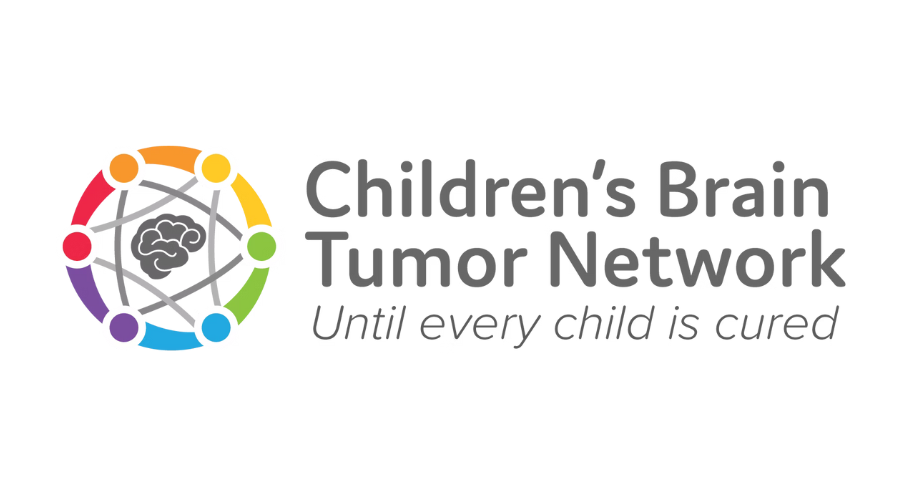DIPG, or diffuse intrinsic pontine glioma, is a type of brain tumor found in an area of the brainstem known as the pons. The name diffuse intrinsic pontine glioma describes how the tumor grows, where it is found, and what kinds of cells give rise to the tumor.

- Diffuse: Diffuse means that the tumor is not well-contained – it grows out into other tissue so that cancer cells mix with healthy cells.
- Intrinsic: Intrinsic simply means “in”, referring to the point or origin.
- Pontine: Pontine indicates that the tumor is found in a part of the brainstem called the pons. The pons is responsible for a number of important bodily functions, like breathing, sleeping, bladder control, and balance.
- Glioma: Glioma is a general term for tumors originating from glial cells. Glial cells are found throughout the brain. They make up the white matter of the brain that surrounds and supports the neurons (neurons are cells that carry messages in the brain).
Diffuse Midline Glioma vs Diffuse Intrinsic Pontine Glioma
DMG (Diffuse Midline Glioma) and DIPG (Diffuse Intrinsic Pontine Glioma) are often categorized together but can have different treatments that can lead to slightly different prognosis paths. Still, much of the science, the research, foundational funding and data for both types of brain tumors are grouped under DIPG, mainly because historically much of the work researching DIPG since around 2012 led to the reclassification and current definitions of DMG.
Population
DIPG cancer primarily affects children, with most diagnoses occurring between 5 and 7 years of age. It makes up 10-15% of all brain tumors in children, with about 150-300 new diagnoses per year in the United States. Unfortunately, fewer than 10% of children survive two years from diagnosis.
Symptoms
Sometimes parents notice:
- odd eye movements
- slurred speech
- difficulty swallowing
- trouble maintaining balance
- or drooping of one part of their child’s face
DIPG tumors and pontine tumors can press on and interfere with the function of these nerves, leading to weakness in an arm and/or a leg.
Tumors in the brainstem, like DIPG tumors, can also cause increased pressure within the skull. Increased pressure can cause patients to complain of persistent headaches and in some patients can lead to nausea and vomiting.
Treatment
Once the diagnosis of DIPG is suspected, there is a standard course of treatment that your doctor will most likely follow:
- At the time of diagnosis, steroids are often the first treatment offered to patients with diffuse intrinsic pontine glioma.
- Soon after the steroid regimen, patients are prepped for radiation therapy.
- Unfortunately, no chemotherapy drugs to date are known to have an impact on survival.
In almost all cases, after about 6 to 12 months, the DIPG tumor starts to grow again. Once the tumor has started to grow again, no further treatment has been shown to improve survival. When children start to have neurologic symptoms, they are often restarted on steroids.
What questions should I ask my doctor?
Work closely with your care team to understand the factors that will play a role in your child’s care plan and prognosis.
Questions to ask include:
- What treatments would you recommend?
- How often will my child receive treatments?
- How often will my child need follow-up appointments to monitor their cancer?
- How can we manage the side effects of cancer treatment?
- Can you connect us with palliative care resources and support groups?
Learn More About DIPG & Connect With The Community
This is the heading
A Note from Brains for the Cure:
Discovering a brain tumor can be unsettling and overwhelming. Your healthcare team will create a personalized and comprehensive treatment strategy and enhance your quality of life. For specific questions, consult your healthcare provider.







